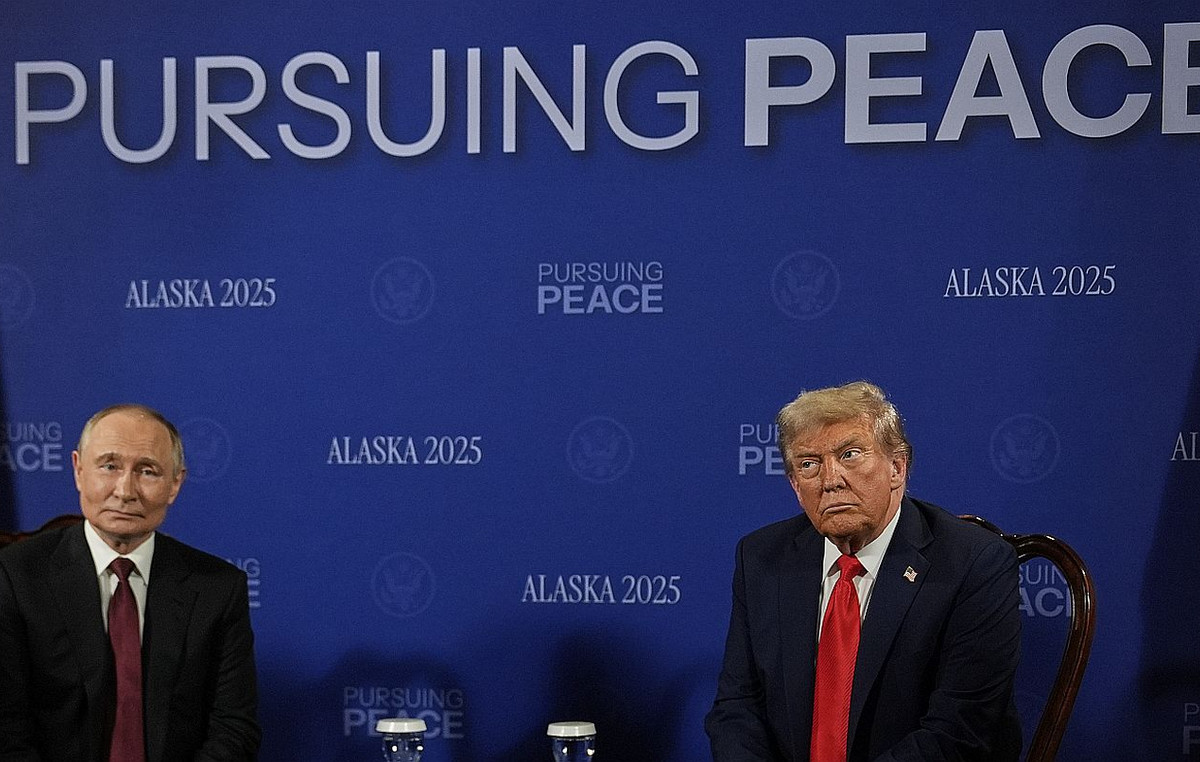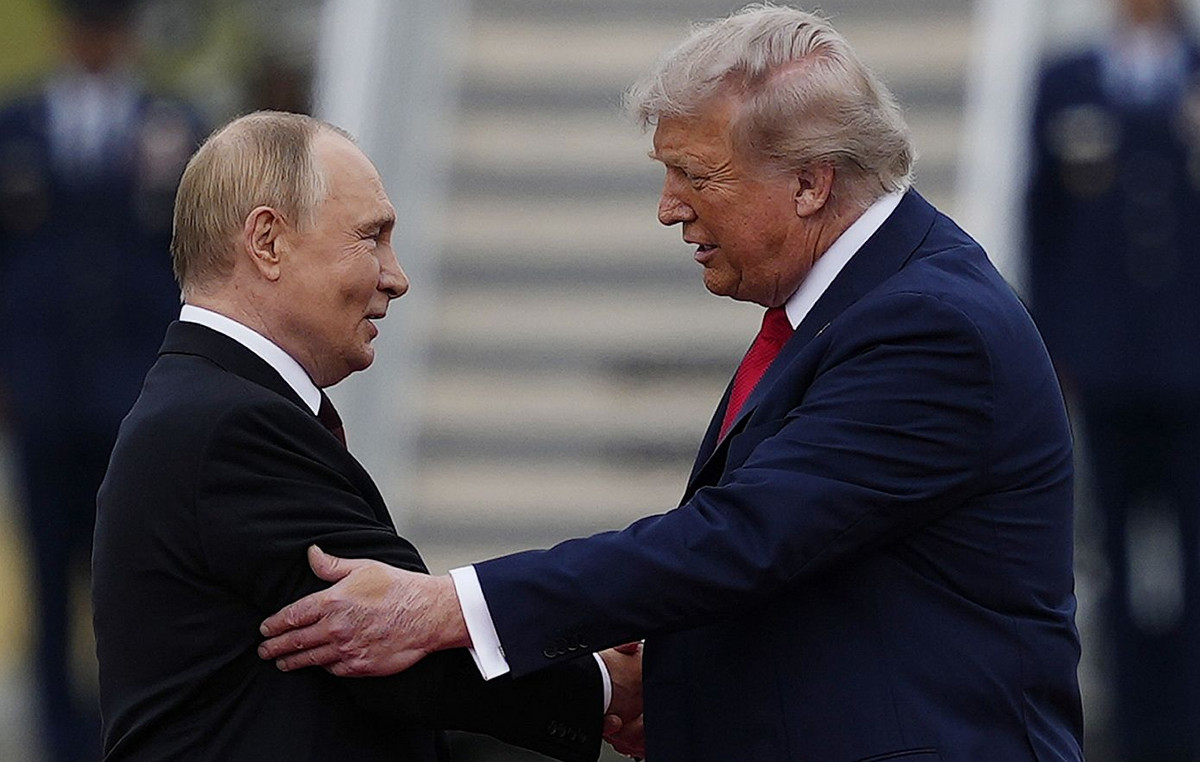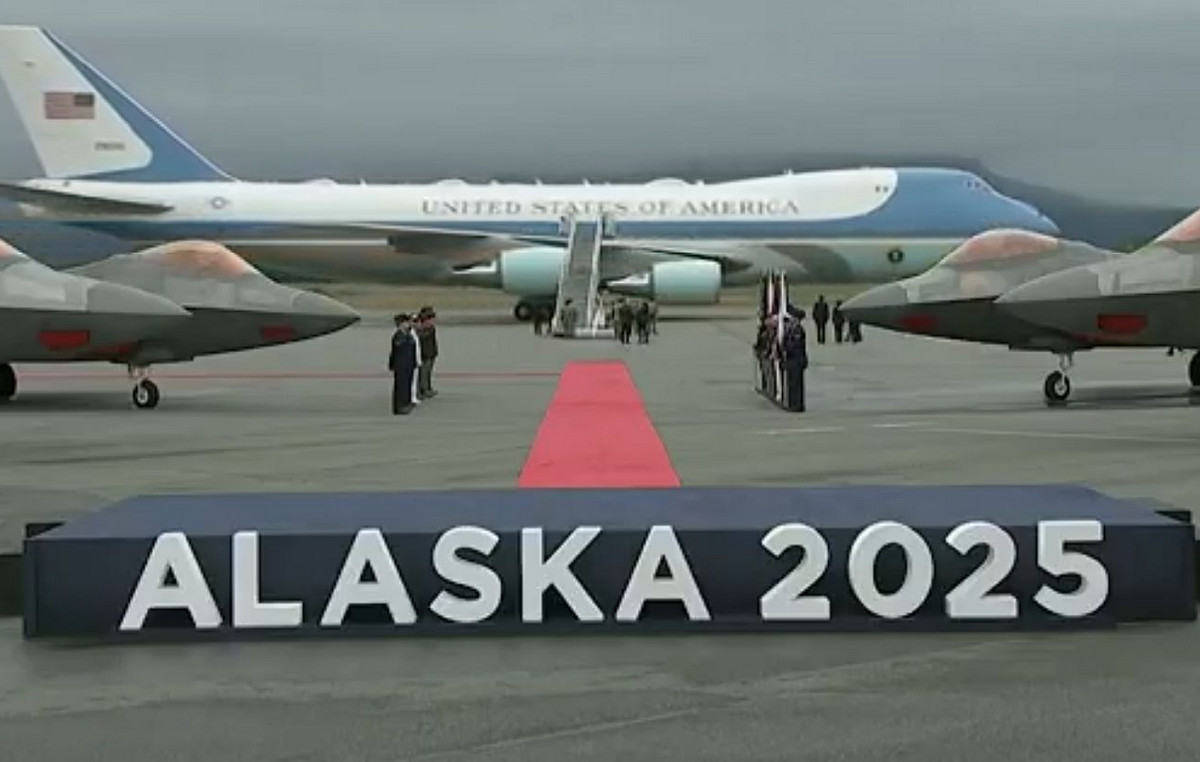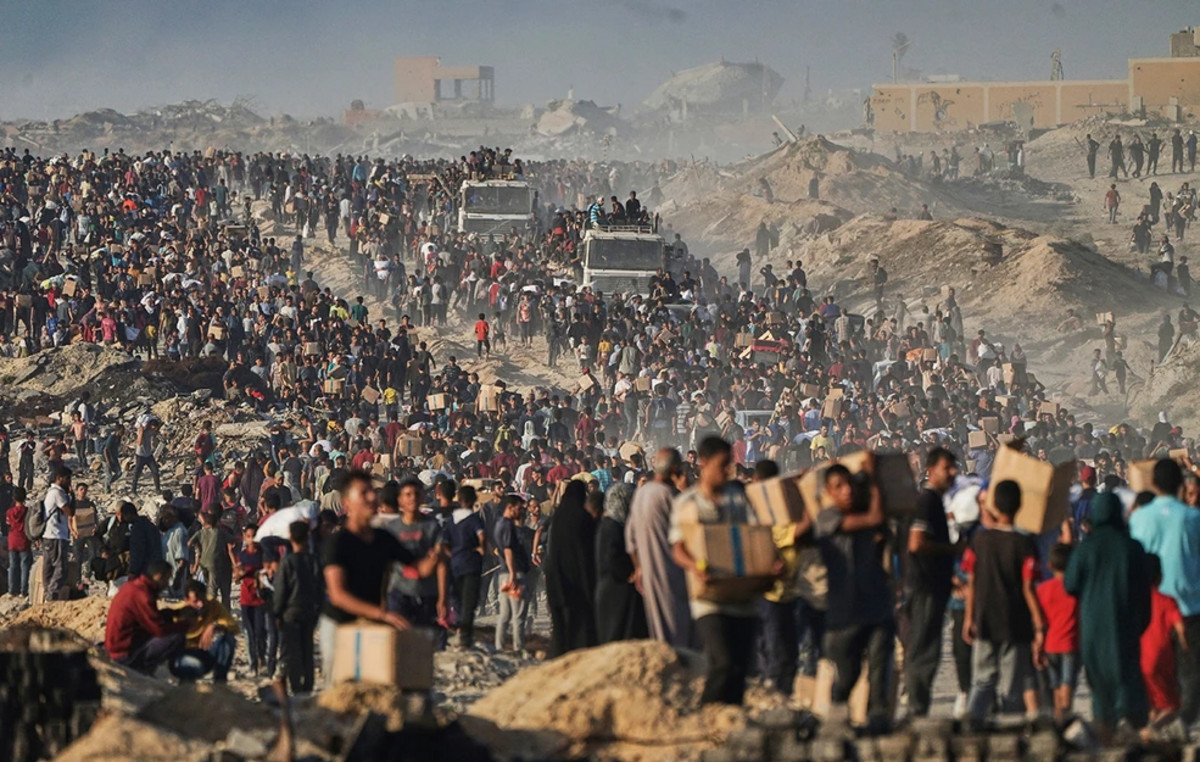The first aid flights arrived in Tonga on Thursday, as the Covid-19-free Pacific island nation takes precautions to keep the virus out of its borders after a devastating volcanic eruption and tsunami.
Flights from Australia and New Zealand carrying disaster relief materials landed at Fua’amotu International Airport in Tonga’s capital Nuku’alofa after the runway was cleared of volcanic ash and debris following Saturday’s violent eruption of the volcano. Hunga-Tonga-Hunga-Ha’apai submarine.
This comes after a high-ranking Tongan politician warned of potential food shortages in the country.
The aid will be delivered without any contact, to avoid the risk of the spread of Covid-19 in the country – which has seen only a single case since the beginning of the pandemic. Tonga has fully vaccinated more than 80% of its eligible population against the disease, according to the World Health Organization (WHO).
A New Zealand Air Force C-130 Hercules aircraft arrived in Tonga carrying sanitation, water purification, shelter and hygiene kits, along with generators and communications equipment, the Wellington Foreign Ministry said in a statement on Thursday. -market.
The aircraft was expected to stay on the ground for up to 90 minutes before returning to New Zealand, the statement added.
“There will be no contact. We were strictly disciplined to ensure that Covid is not transmitted in Tonga,” said Joint Forces New Zealand Commander Rear Admiral Jim Gilmour.
In addition, the patrol vessel HMNZS Wellington is due to arrive at the port of Nuku’alofa on Thursday, ahead of other supply vessels, according to a statement from the New Zealand government.
The ship is carrying hydrographic and diving teams and carries a helicopter to help deliver supplies, the note reads.
Another Navy vessel with 250,000 liters of water will arrive in Tonga on Friday, Gilmour said.
The first of two Royal Australian Air Force (RAAF) C-17 planes also landed in Tonga, according to Australia’s Minister of International Development.
“Landed! The RAAF’s first flight [da Austrália] carrying much-needed humanitarian supplies has landed in Tonga, and a second C-17 is on its way,” Minister Zed Seselja tweeted on Thursday. “These flights will provide shelter, hygiene kits, PPE for people cleaning up ash, water containers and other supplies to meet immediate needs.”
Meanwhile, another Australian Navy ship carrying aid will “soon” sail from Brisbane to Tonga, Australia’s Department of Defense wrote on Twitter on Thursday.
“Tonga remains Covid-19 free and I assured the Prime Minister [tonganês] [Siaosi] Sovaleni that we are placing the highest priority on providing Australia’s support in a safe way against Covid,” Australian Prime Minister Scott Morrison said in a statement on Wednesday.
Australia has made an initial pledge of more than $700,000 for the Tonga recovery effort, Morrison added.
Japan’s Defense Ministry said on Thursday it would also send two C-130 aircraft carrying fresh water to Tonga.
‘All agriculture is ruined’ in Tonga
As humanitarian aid began to pour in, a high-ranking Tonga politician said on Thursday that the island nation could face a food shortage after all of its crops were destroyed by the eruption and the tsunami – which sent waves of up to 15 meters against the main island, Tongatapu, and the islands ‘Eua and Ha’api.
“All agriculture is ruined and I have heard that farmers have been assured by the prime minister that they will be taken care of,” House Speaker Lord Fakafanua told Pacific Media Network.
“But it’s very sad to hear that. So, in addition to needing water in Tonga, it looks like we will also face a food shortage.”
Prime Minister Sovaleni said on Tuesday that Tonga faced “an unprecedented disaster”, adding that at least three people had died and many more were injured.
All houses on Mango Island – where 36 people live – were destroyed, while only two houses remain intact on Fonoifua Island, and major damage was reported on Nomuka Island – where 239 people live, he said.
The island nation of more than 100,000 people was cut off from the rest of the world after a major undersea cable was damaged in the eruption. Some smaller islands are still out of communication, with officers and rescue teams rushing to re-establish contact.
The first details of the devastation only emerged on Tuesday, after Australia and New Zealand made reconnaissance flights across the archipelago – a trip of three to five hours.
Photos showed entire island communities covered in a thick layer of ash, destroyed houses and buildings and seriously damaged coastal roads.
According to the Red Cross, the ash, along with the waters from the tsunami, contaminated water and food sources.
Delivery of humanitarian aid was hampered by ashfall on the airport runway, forcing New Zealand to send two navy ships to support support on Tuesday.
Ensuring access to clean water remains a critical priority for relief groups, who are concerned about the spread of diarrhea and diseases such as cholera.
The eruption of the Hunga-Tonga-Hunga-Ha’apai volcano sent shockwaves across the world and triggered a tsunami that was felt thousands of kilometers away, killing at least two people in Peru.
The volcano sits on the seismically active Pacific Ring of Fire about 65 kilometers north of the capital city of Tonga.
On Tuesday, the New Zealand Ministry of Foreign Affairs warned that further eruptions from the volcano were likely, posing a tsunami risk.
The estimate was based on modeling by GNS Science, a New Zealand geological research institute, the ministry said. “The most likely scenario is for eruptions underway in the next few days or weeks, with tsunami risk underway for Tonga and New Zealand,” he said.
Contributors to this report were: Angus Watson, in Sydney; Caitlin McGee in Auckland; Eric Cheung and Lizzy Yee in Hong Kong.
This content was originally created in English.
original version
Reference: CNN Brasil
I’m James Harper, a highly experienced and accomplished news writer for World Stock Market. I have been writing in the Politics section of the website for over five years, providing readers with up-to-date and insightful information about current events in politics. My work is widely read and respected by many industry professionals as well as laymen.







